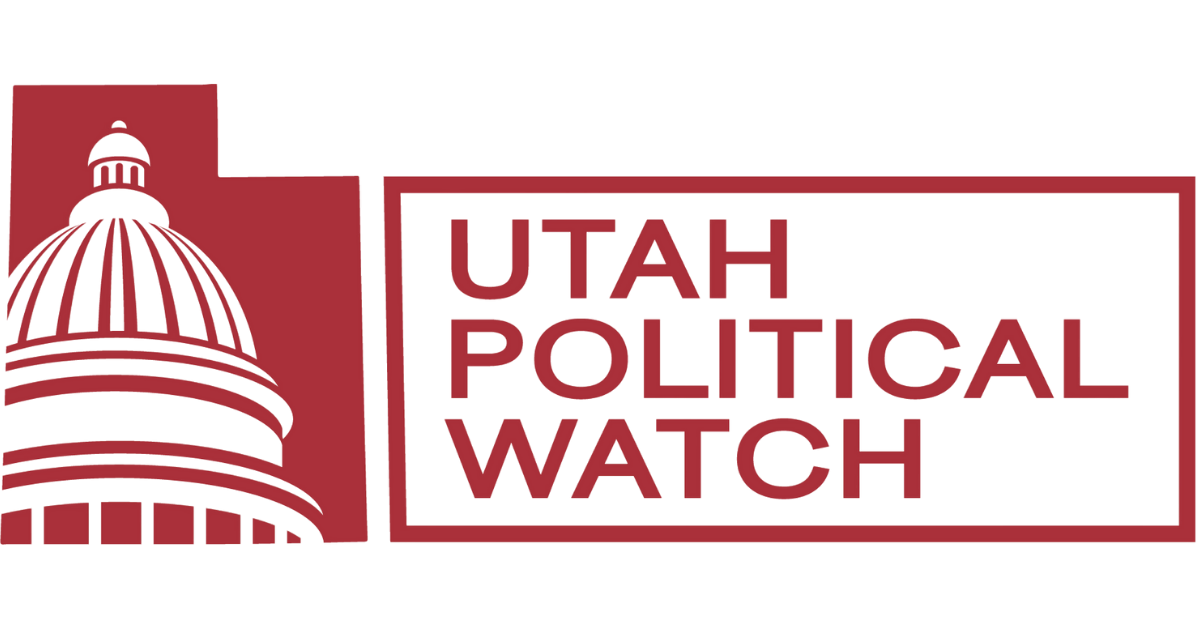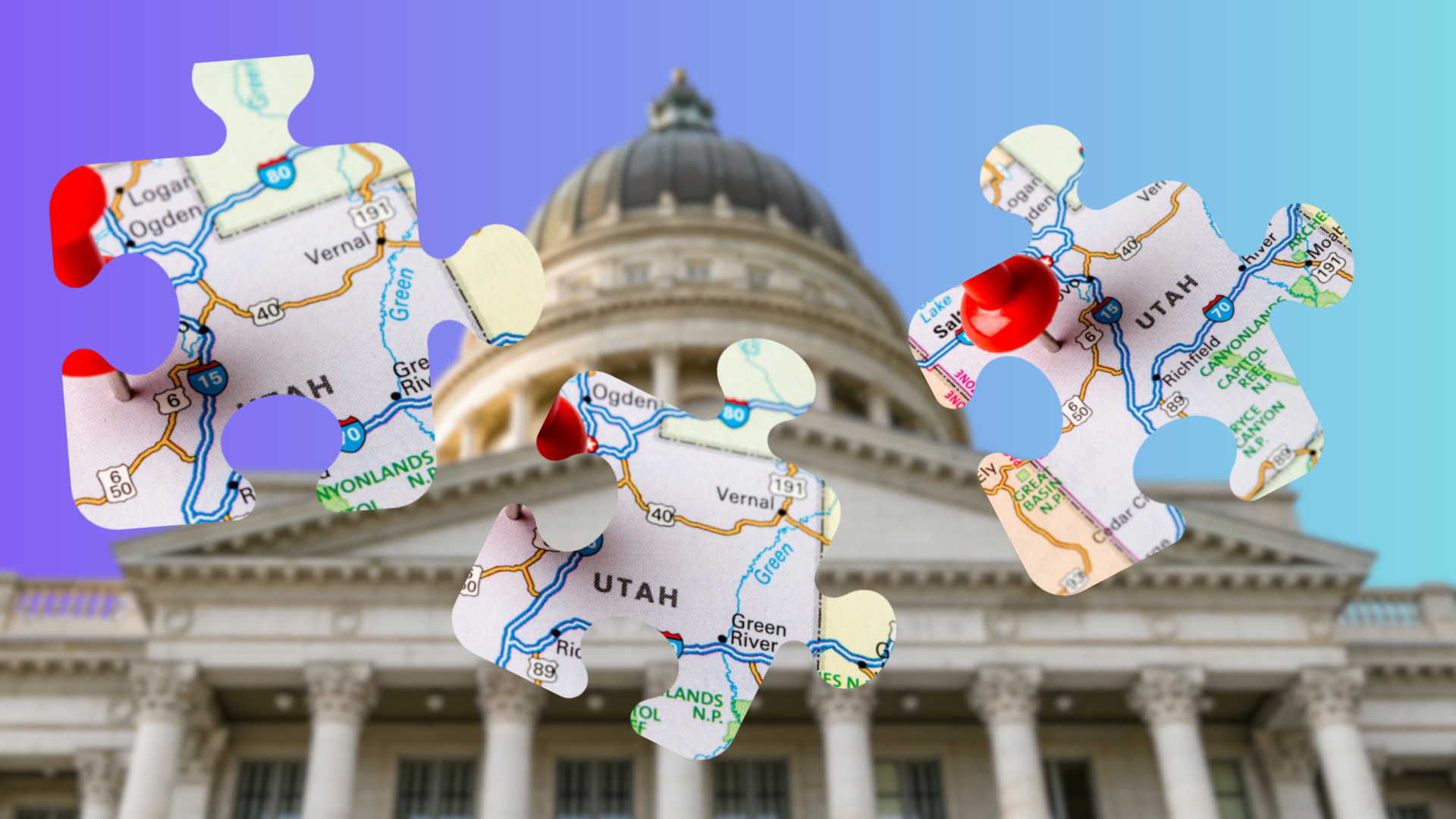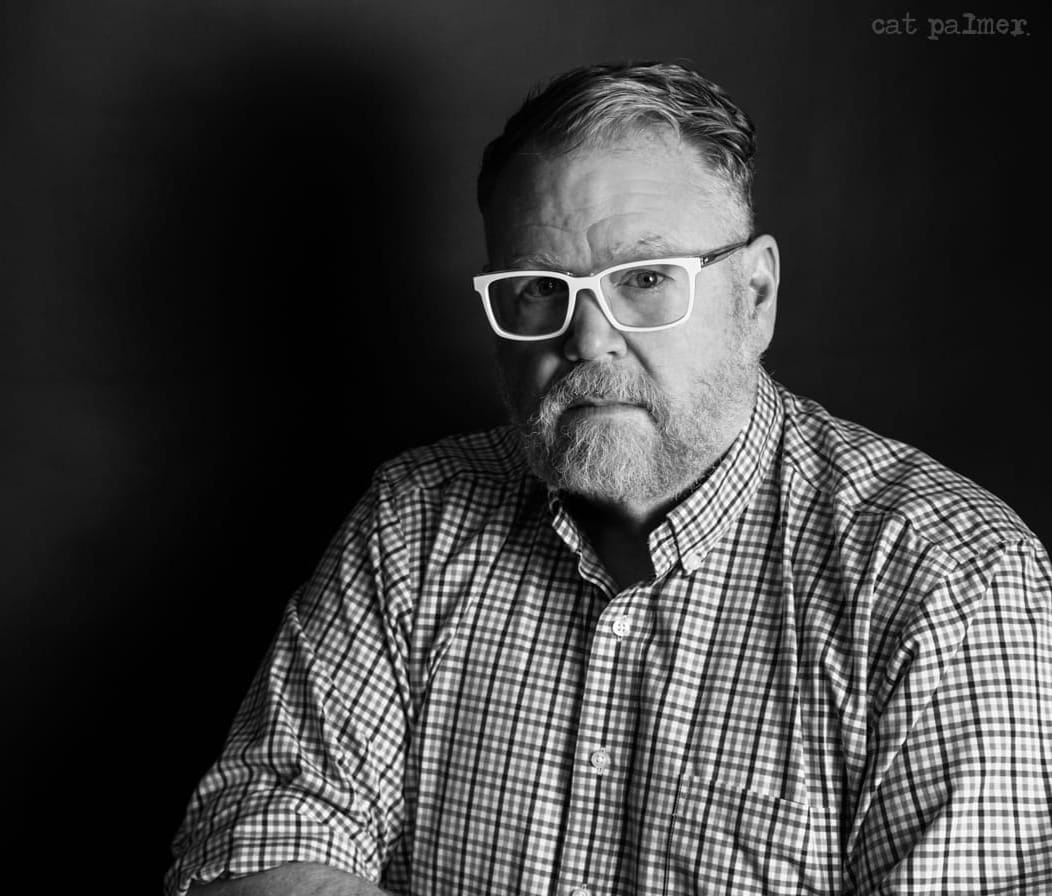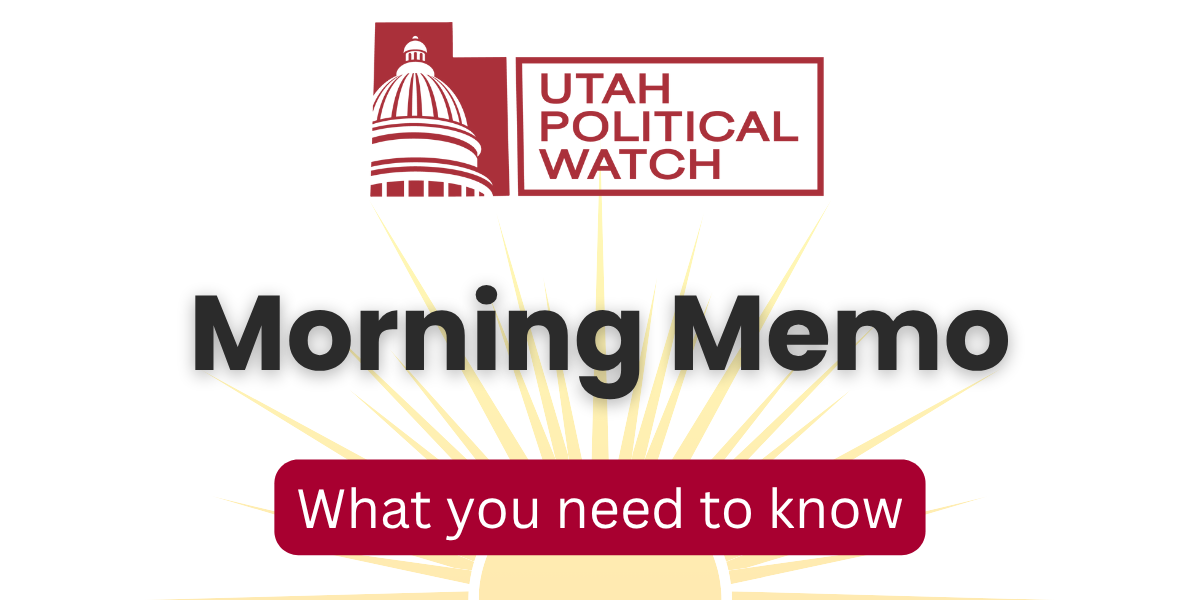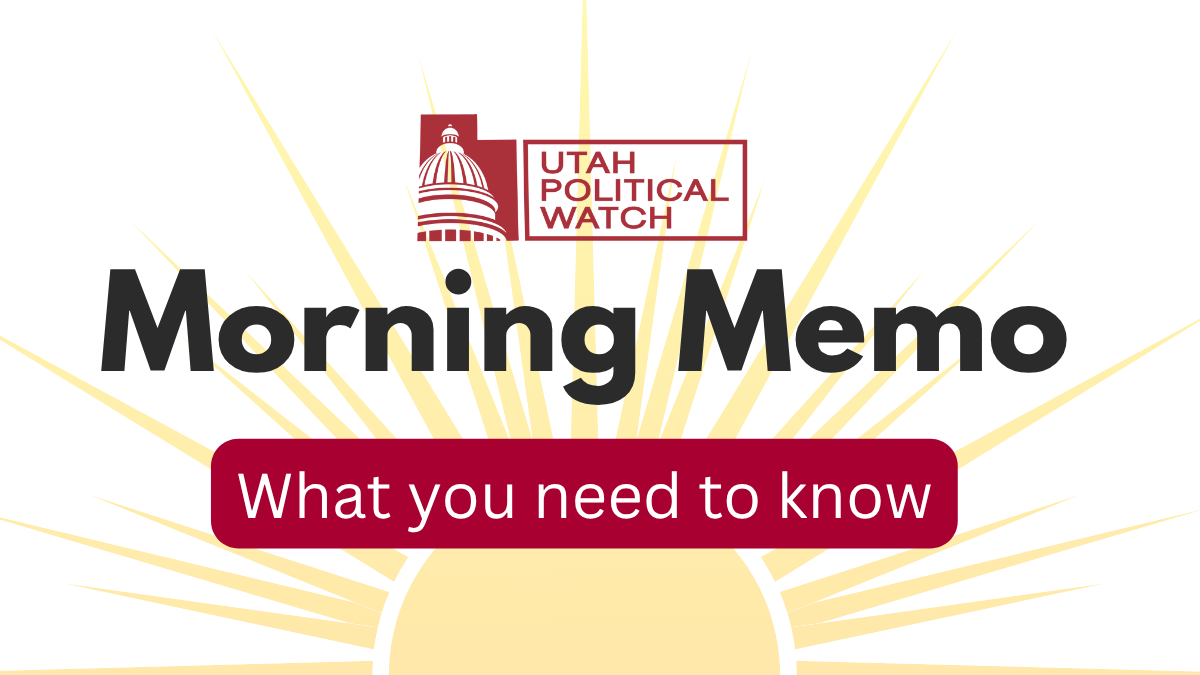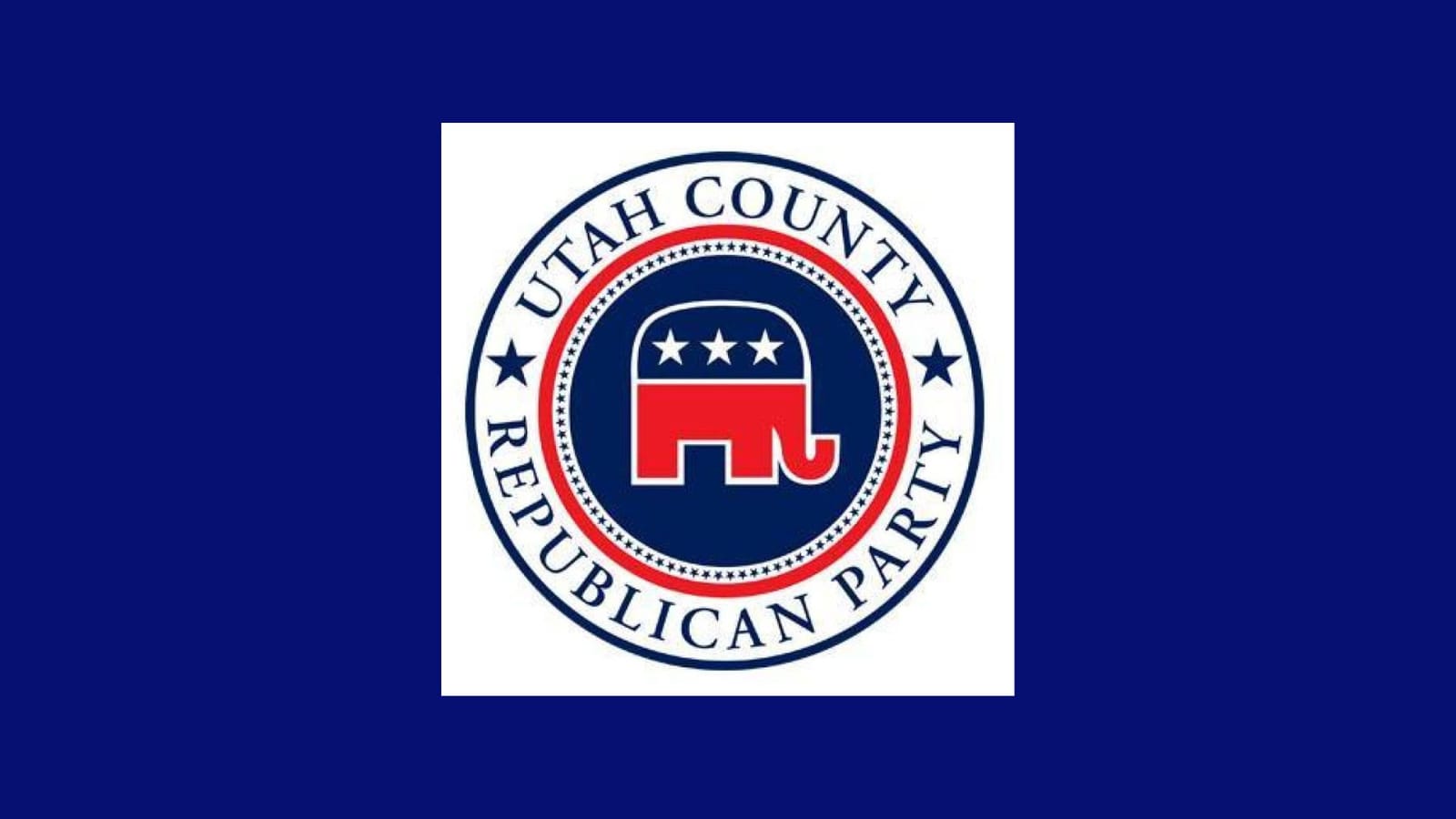Last week, the liberal group Vote Save America put $20,000 behind an attempt to flip 10 Republican-held legislative seats. The push is part of Elevate PAC’s targeted slate.
On paper, the climb is steep. Voter registration data from L2 Political shows Democrats are less than a quarter of the electorate in all 10 districts. Republicans hold either a majority or plurality in eight; unaffiliated voters are the largest bloc in the other two.
That disparity doesn’t mean the effort is hopeless. A pair of the districts in Elevate PAC’s crosshairs saw some of the closest races in 2024.
- HD10: Republican Jill Koford unseated Democrat Rosemary Lesser by 309 votes in 2024; two years earlier, Lesser beat Koford by 500
- HD26: GOP Rep. Matt MacPherson holds the district with the largest number of Democratic voters on the list; he edged Democrat Jeanetta Williams by 991 votes in 2024.
However, some of the targeted seats don’t seem that competitive on first blush. Rep. Jordan Teuscher won HD44 by nearly 5,000 votes in 2024. Sens. Dan McCay and Kirk Cullimore both won their last elections by more than 11,000 votes.
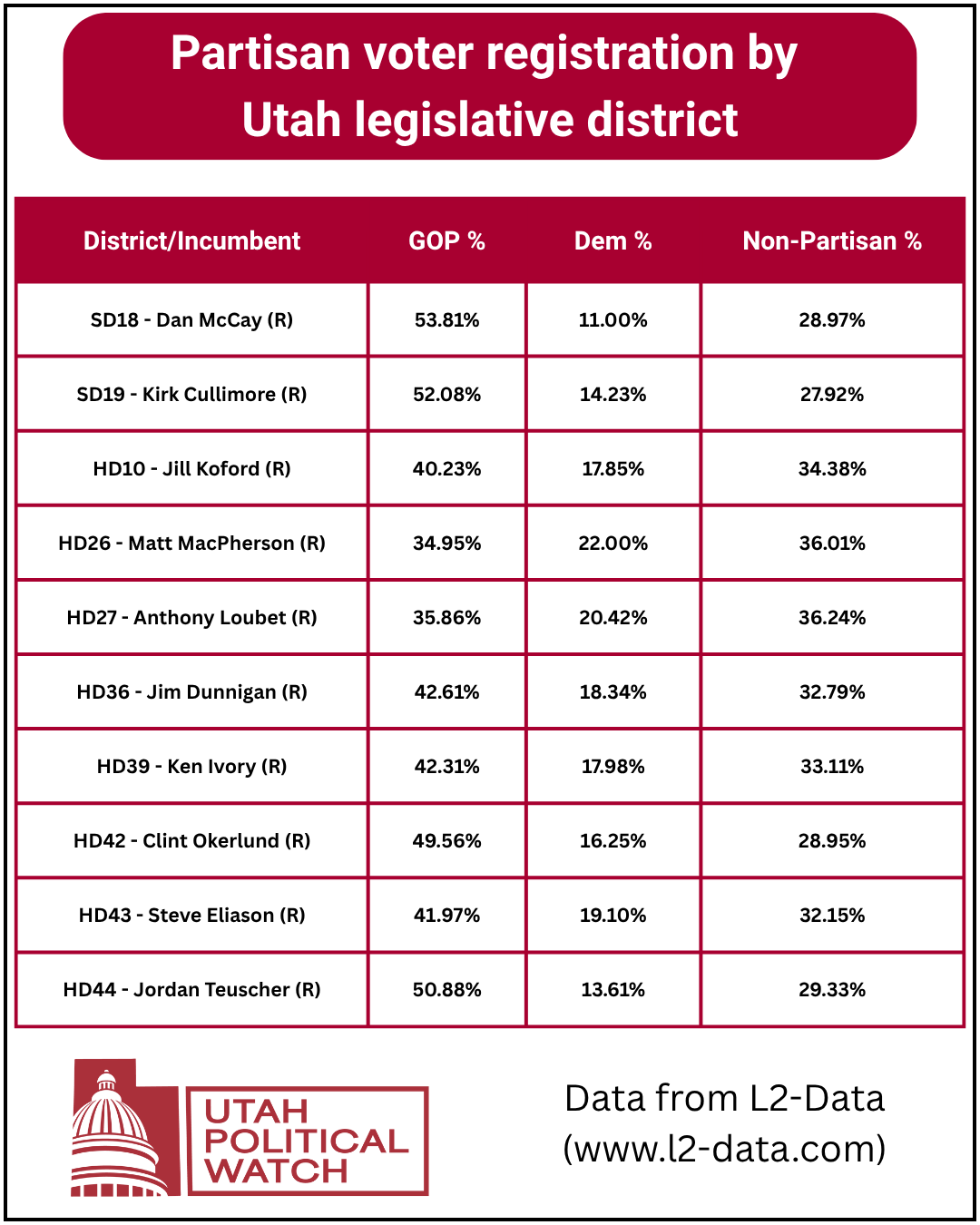
While partisan registration and election results are part of the equation, those aren’t the only factors that went into determining which seats were included on the list.
“For a lot of reasons, party identification or party registration numbers aren’t the way that we typically look at competitiveness in these districts,” Jackie Morgan, Principal with Elevate PAC, explained. “We’ll look at how did Kamala Harris perform in those districts and how did other Democratic candidates who overlap in those districts perform.”
They’re also betting on voter backlash. Morgan points to public anger at Teuscher over HB267, the anti-union bill the Legislature passed in 2025 despite massive opposition.
That law is currently on hold following a wildly successful referendum drive to put the legislation on the 2026 ballot.
“People are mad, and for good reason. And I think it has woken up people who want to see different representation, who is actually going to listen to their constituents rather than run bills in opposition to them,” Morgan said.
Morgan admits that targeting these 10 seats in 2026 is just the start of a long game to make Democrats more competitive in Utah.
“All of this is long term work. All of this is coalition building. And the thing that I have never felt like we had in Utah, as long as I've worked in Utah politics, is just a little bit of hope.”
There’s another problem Democrats will have to overcome if they hope to make any sort of electoral gains in the state - the map. The gerrymandering enacted by Republicans when they drew the current political boundaries in 2021 was ruthlessly efficient.
- Of Utah’s 104 seats in the legislature (75 House, 29 Senate), registered Democrats are the majority in zero.
- Republicans are the majority of registered voters in most House and Senate districts (43 House and 18 Senate), essentially giving the party a built-in majority.
- Democrats outnumber Republicans and unaffiliateds in just two House districts and one Senate district.
- In four of the six Democratic-held Senate seats, Democrats are only the third largest group—behind unaffiliated voters and Republicans.
- Democrats outnumber Republicans in just two Senate districts. In SD13 held by Sen. Nate Blouin, they’re still a smaller group than independents.
- Democratic registration doesn’t crack 40% in any district. The high-water mark is HD24, held by Rep. Grant Miller at 38.5%.
Given that landscape, you can make the opposite case: Republicans may have clearer pickup opportunities in 2026.
- In the House, Republicans are the largest registration bloc in six of the 14 Democratic-held seats; three of those Democrats are first-term incumbents.
- In the Senate, SD14 (Sen. Stephanie Pitcher) has the highest GOP share in any Democratic-held seat: just over 40% Republican, 29% unaffiliated, 25% Democrat.

